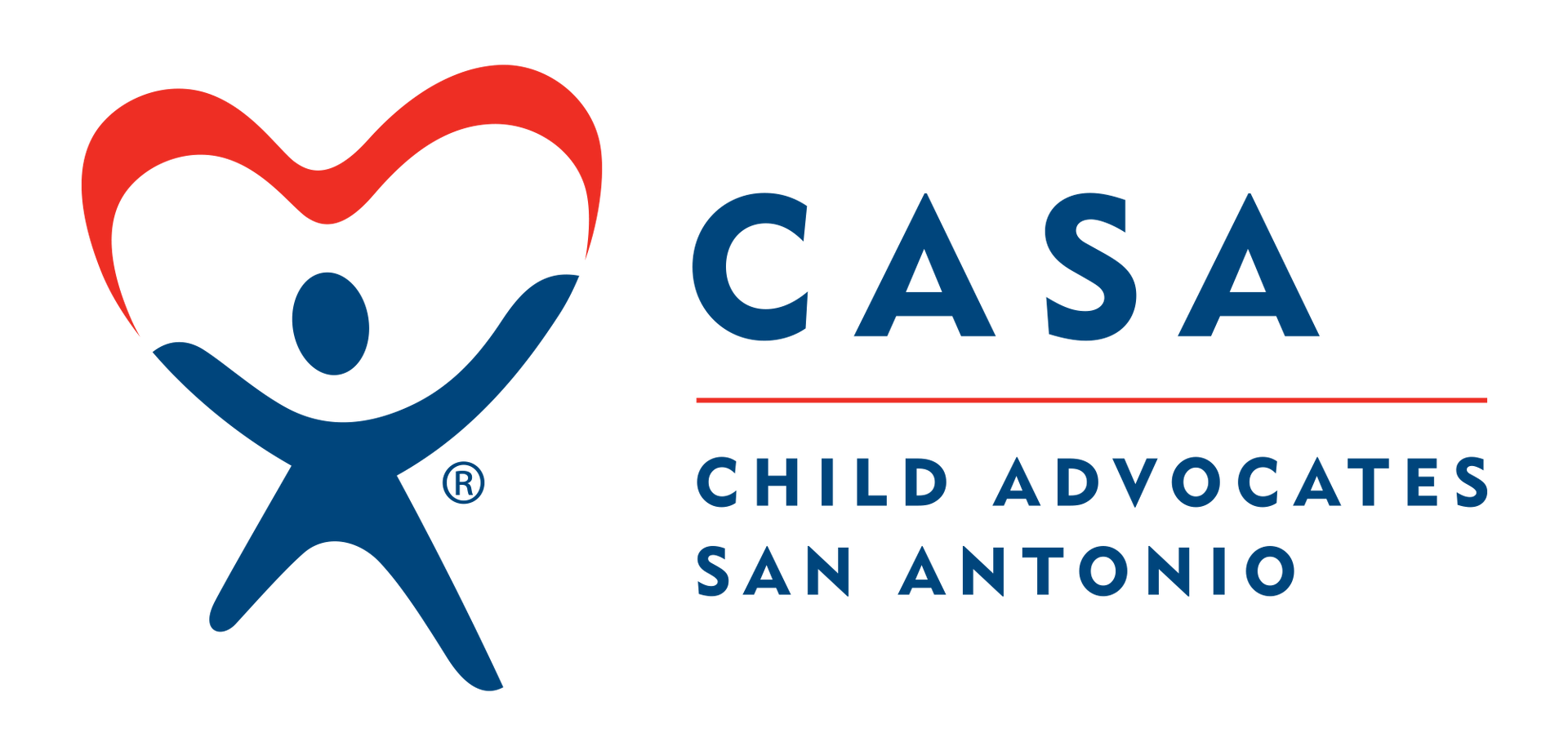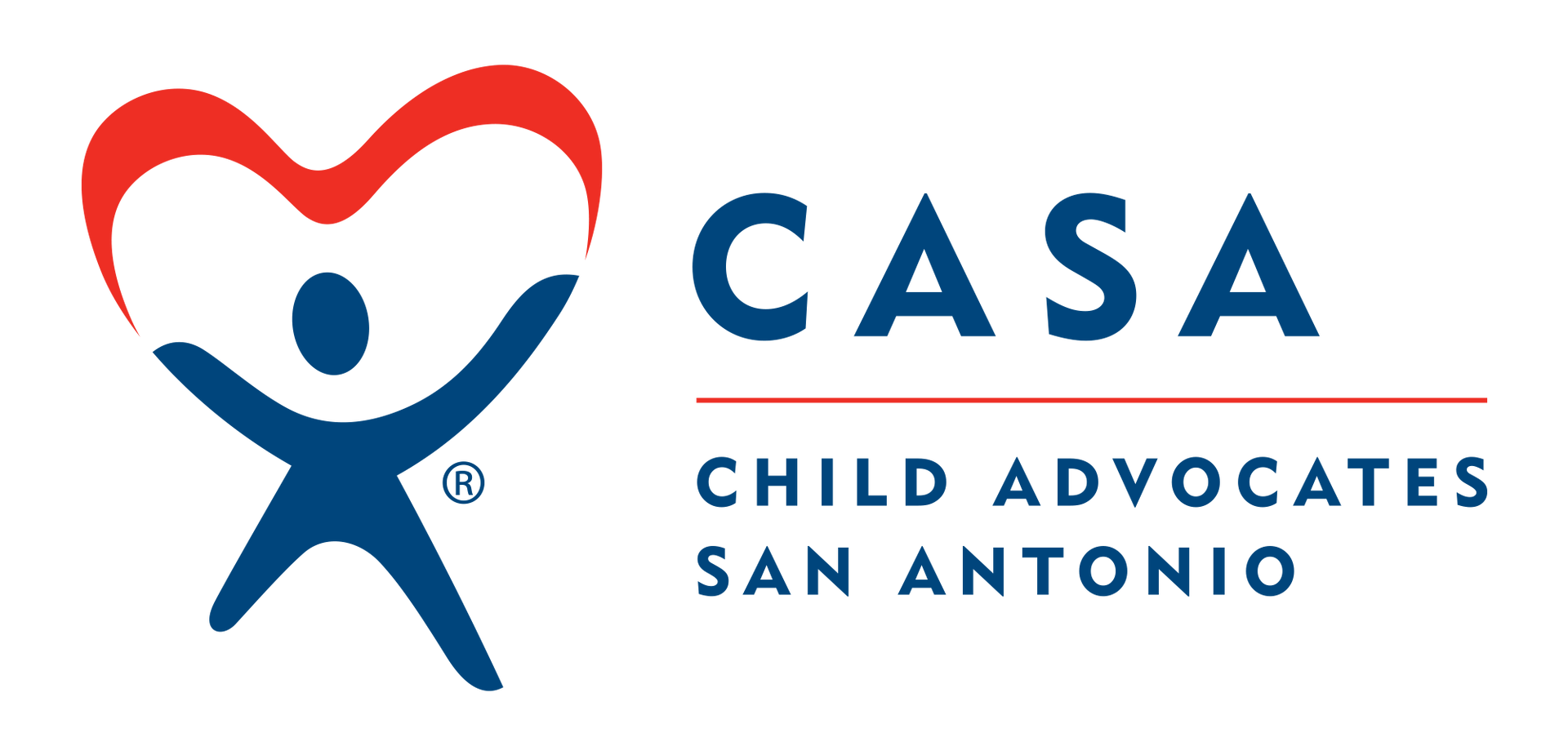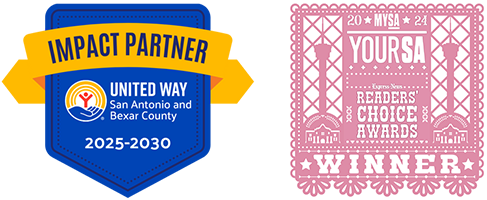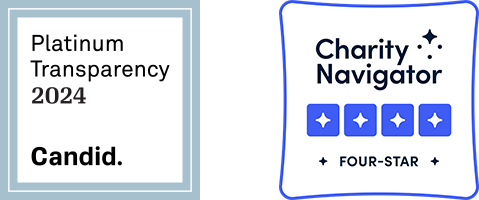Advocate Spotlight: Chester & Christina Malins
May Advocate Interview
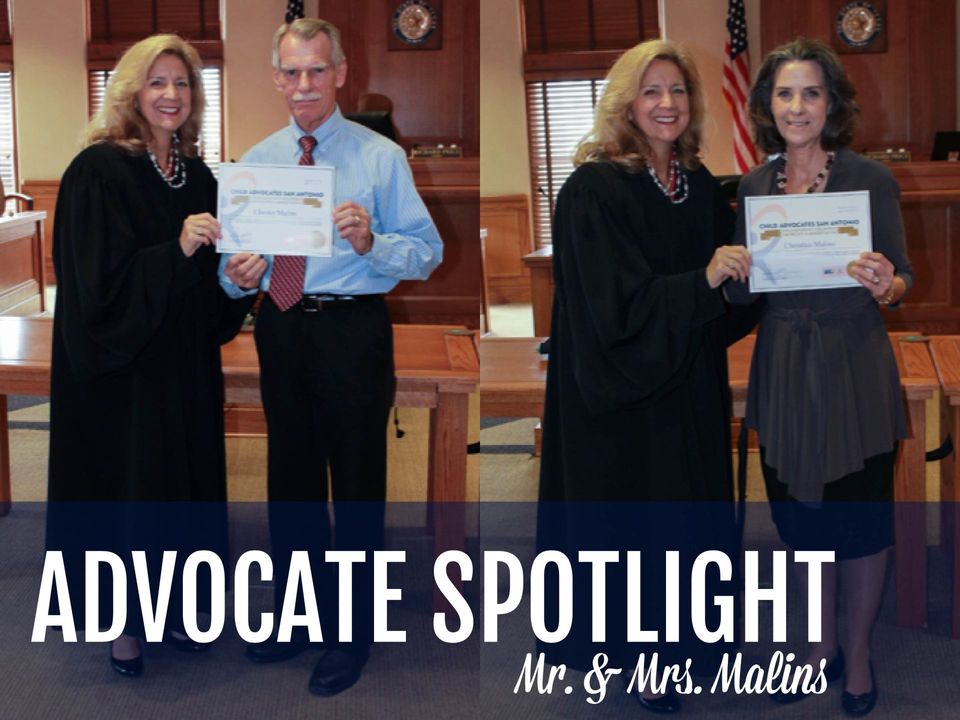
1. How long have you been an Advocate and when did you realize you wanted to become one?
We completed our orientation and training at the end of September 2018 and accepted our first (and current) case as a team in October 2018: a kinship placement (TMC) involving 4 siblings (7-year old male, 6-year old male and female twins, and a 5-year old male).
After retiring from our careers in 2017 (Chris as a grade school principal and Chet from a military support position following a 31-year military career), we relocated to San Antonio after 22 years in Honolulu, HI. We wanted to find a volunteer opportunity to blend our prior experiences and perspectives that would be rewarding and that could make a tangible difference. We had read articles in the past that highlighted the role and the rewards of being a CASA Advocate. Upon our arrival in San Antonio, various radio ads, promotional interviews, and street banners started a conversation between us that eventually culminated in our mutual commitment to sign up as CASA Advocates. The orientation and training regimen reinforced our conviction that our efforts would be both challenging yet rewarding as we helped make a difference in the lives of children at risk.
2. What is the most rewarding aspect of being an Advocate?
In our short time as Advocates, there have been many rewarding aspects, but two stand out above the rest. The first has been the recognition that our continued presence is important to the children. We are able to provide them direct and personal attention. We are there solely for them and can encourage and reassure them. They have responded to our visits at home and school, various outings, and cards with growing enthusiasm. A significant portion of that trust building has resulted from our involvement in the rest of the kinship family and placement situation which provides for the children’s immediate needs. The second has been the discovery that the CASA Advocate plays a unique and critical role in finding out information, sharing it with the other professionals in the process, and helping them connect the dots in order to provide what is best for the children. Having earned their trust, we advance the well-being of the children by enabling these very busy professionals to do what they do best.
3. If you could offer words of encouragement to your fellow and incoming Advocates, what would they be?
Since this is our first case, most of what we have learned may be specific to the circumstances and dynamics of this case. Nevertheless, for the new Advocate, we would have two recommendations: First, take the time and invest in learning who are the various players in the process, what are their roles, and personalities. They are all professionals who focus on the well being of the children, but they have neither the time nor perspective to gather and attempt to integrate the diverse information that the CASA Advocate can discover. Don’t stress or grow frustrated with trying to solve all issues on your sense of timing. The Advocate is an intermediary but not the fixer in the process. However, you can be a very valuable member of the team and work to hold the system accountable to provide for the best interests of the children. Second, it might take a while to build the relationship with the children. No two children are alike, but all eventually respond to someone who shows attention, remembers things about them, and helps them have moments that are special and better than what might have been in their past. Find reasons to be a part of events in their lives, see them often, offer them structure and affection, and just let them know you care about them and love them.
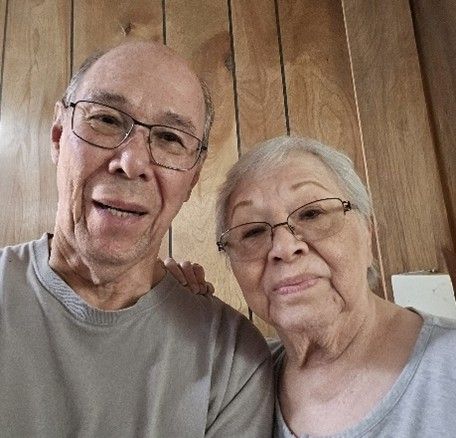
Jimmy and Mary Young eagerly began their second case in August 2024. The children—Chris, 11; Emily, 9; and Sofia, 7—were in the care of the Department due to neglectful supervision by their mother, who struggled with alcohol dependency and depression. She had left the children unattended to travel to Port Aransas to drink and go fishing. In addition, the home environment was observed to be in disarray, with minimal food, posing a risk to the children’s well-being. The mother was arrested on three counts of abandonment of a child. The children’s father had passed away from cancer a few months earlier, in March 2024. The children were initially placed with their grandmother, who decided after a few weeks that she could not care for them. They were then placed with an uncle, who gave notice within two weeks. Subsequently, the children were placed together at Boysville, where they remained for the duration of the case. Although the children had already experienced two moves in just one month, the Youngs were optimistic about their placement at Boysville. The children from Jimmy and Mary’s first case had also been placed at Boysville, so the Youngs were familiar with the facility and had established a good rapport with the staff. From the beginning, Mr. Jimmy introduced himself to all parties involved in the case, exchanged phone numbers with the caseworker and the children’s attorney, and maintained close communication with them during the children’s moves. Once the children were placed at Boysville, Mr. Jimmy contacted the case manager and counselors there to inquire about setting up therapy and enrolling the children in school. The Youngs advocated for transportation to and from school, and the children were approved to ride the school bus. They also recommended bereavement therapy to help the children cope with the loss of their father. Mr. Jimmy learned about a summer camp at the Children’s Bereavement Center, made a few calls, and successfully registered the children to attend. Throughout the duration of the case, the Youngs visited the children monthly, maintained close contact with the CPS caseworkers, updated the children’s attorney after visits, and remained in frequent contact with the children’s therapists and teachers. They advocated for tutoring and addressed behavioral concerns with the children’s therapists. The Youngs documented everything in Optima, wrote court reports, and attended several CASA training courses to stay informed and further their knowledge of child welfare. They also chose to attend court in person to maintain face-to-face contact with the judge, other parties on the case, and the children’s mother. One particularly notable aspect of this case was the Youngs’ consistent communication and engagement with the children’s mother. After their initial meeting, the Youngs maintained regular contact with her, inquiring about her progress in services, employment, and housing. They frequently encouraged her to continue and complete her services, checked in after court hearings, and provided moral support—offering her hope. During the previous Christmas, Jimmy and Mary sent the mother a recording of the children singing Christmas carols, delivered messages from the children, and shared photos of special events. During phone calls or family visits, they listened patiently, giving her space to express herself. Within a few months, the mother opened up to them about the children’s father and his cancer diagnosis, sharing how it was discovered and discussing his passing. As the mother continued working on her services, Jimmy and Mary cheered her on, reminding her that her efforts were for the sake of reuniting with her children. At the merits hearing in September, the Youngs, in agreement with CPS, recommended an extension to allow the mother more time to maintain sobriety, begin extended visits with the children, and possibly start overnight, unsupervised visits. The extension was granted, as the mother had completed all her services and maintained stable employment and housing. Weekend visits began, and by late September, the mother continued testing negative for substances. The children were placed with her on a monitored return. Jimmy and Mary visited the children in the home for the following two months, providing CPS, the children’s attorney, and the court with very positive feedback. The children were happy, thriving, and their needs were being met. The Youngs provided their final recommendation of reunification in court in late November, and the judge granted reunification, dismissing CPS from the case. It was the Youngs’ consistent communication and encouragement toward this young mother that led to the successful reunification. They followed up after hearings, facilitated communication between the mother and caseworkers when the relationship felt strained, and provided the mother the opportunity to share her perspective without judgment—all while encouraging her to do her best for her children.
